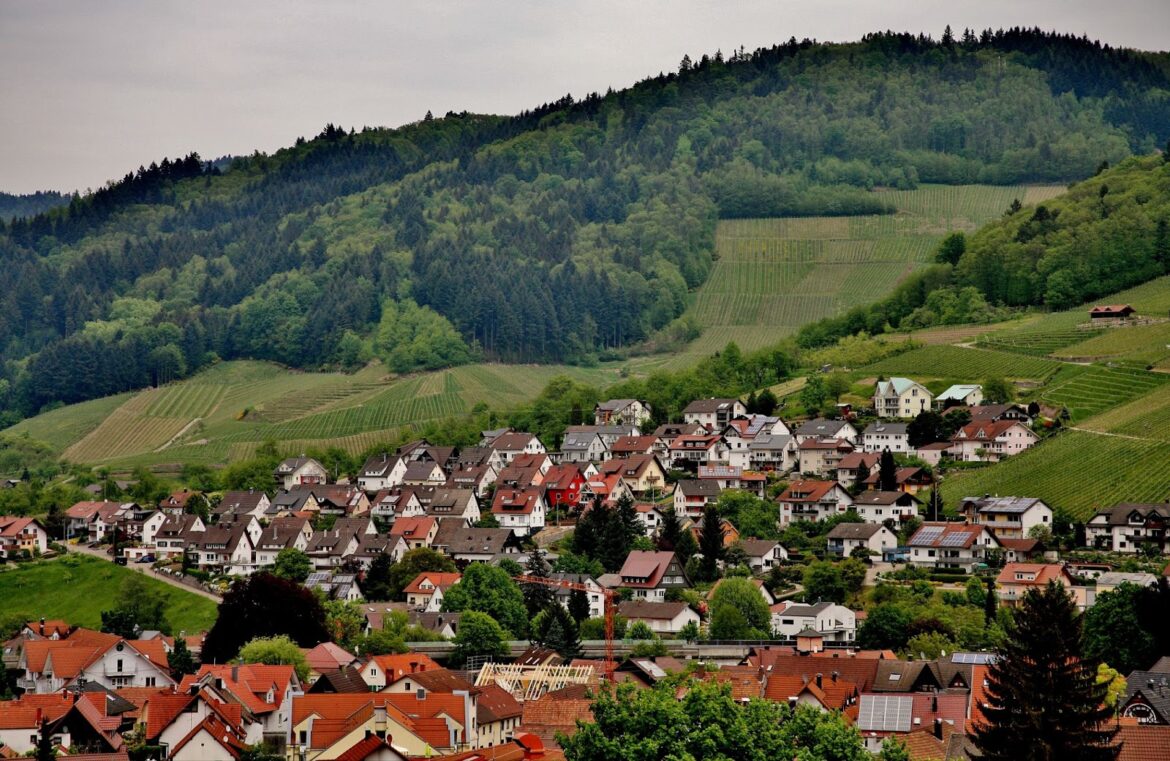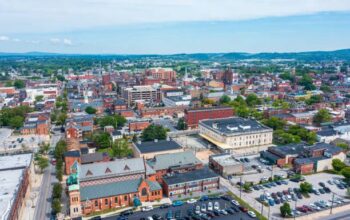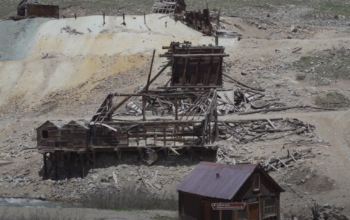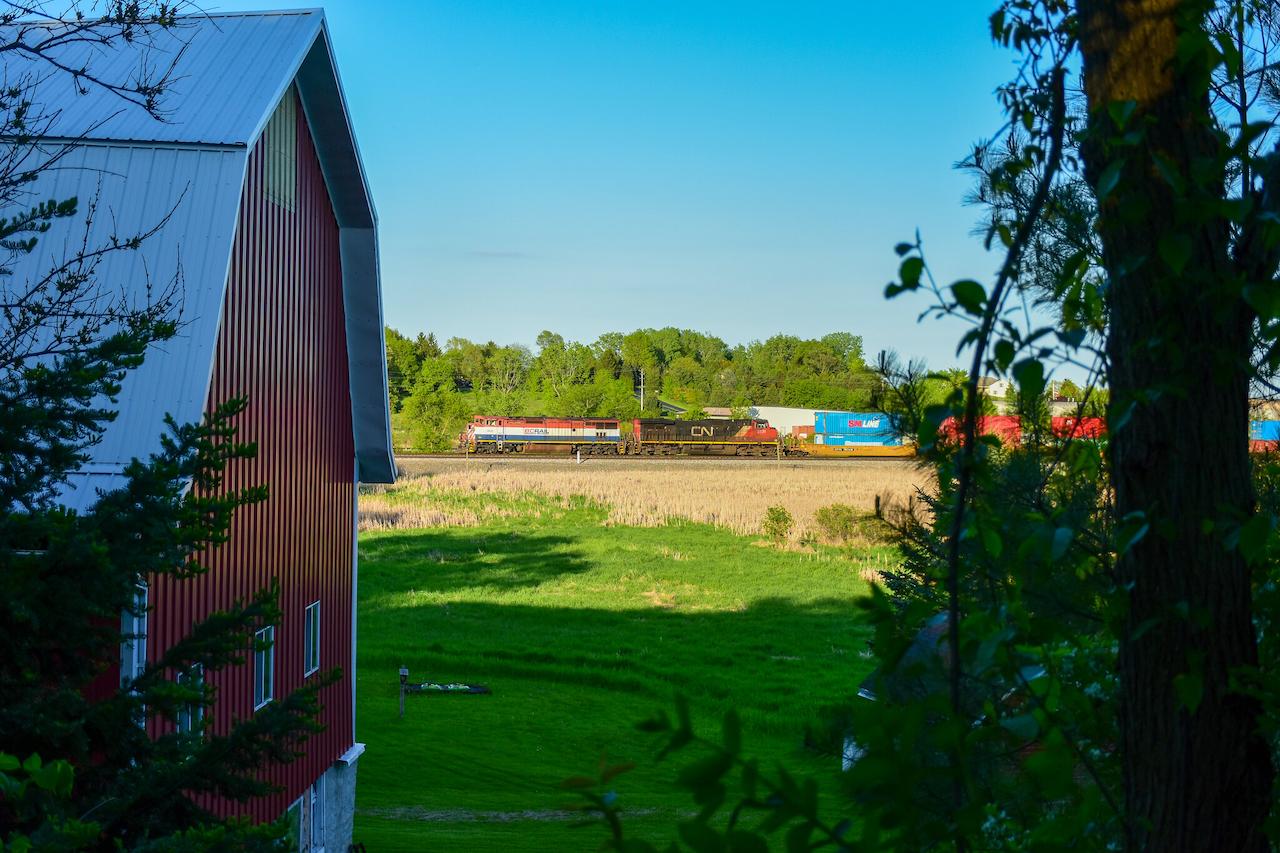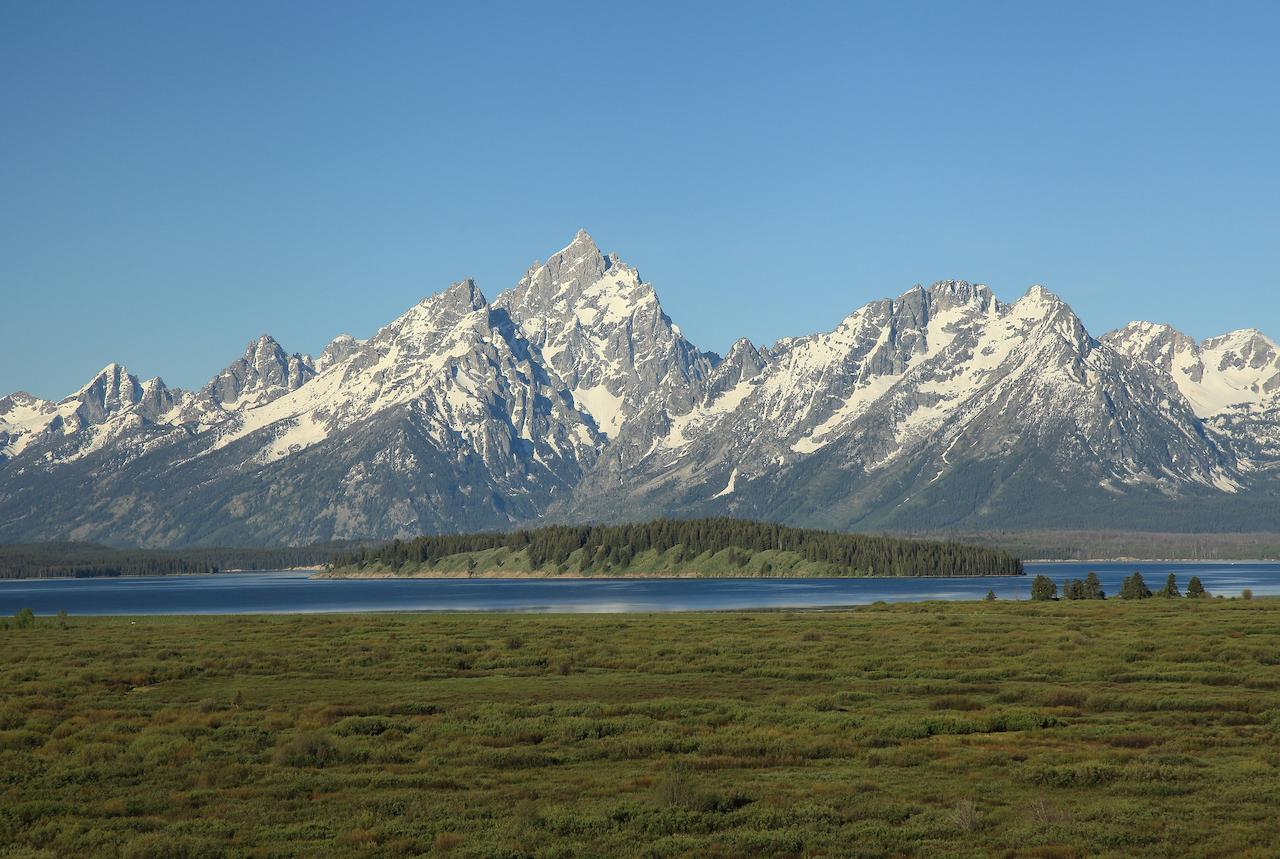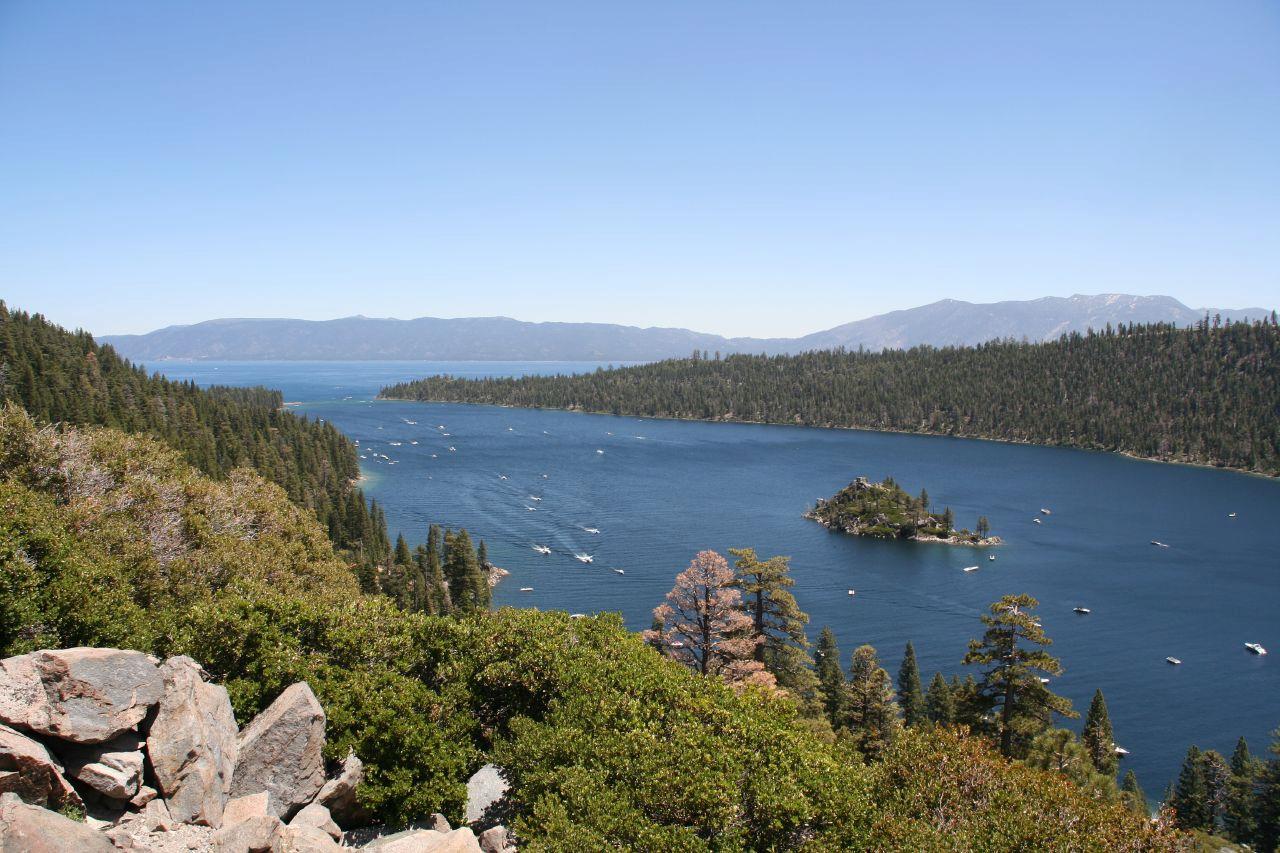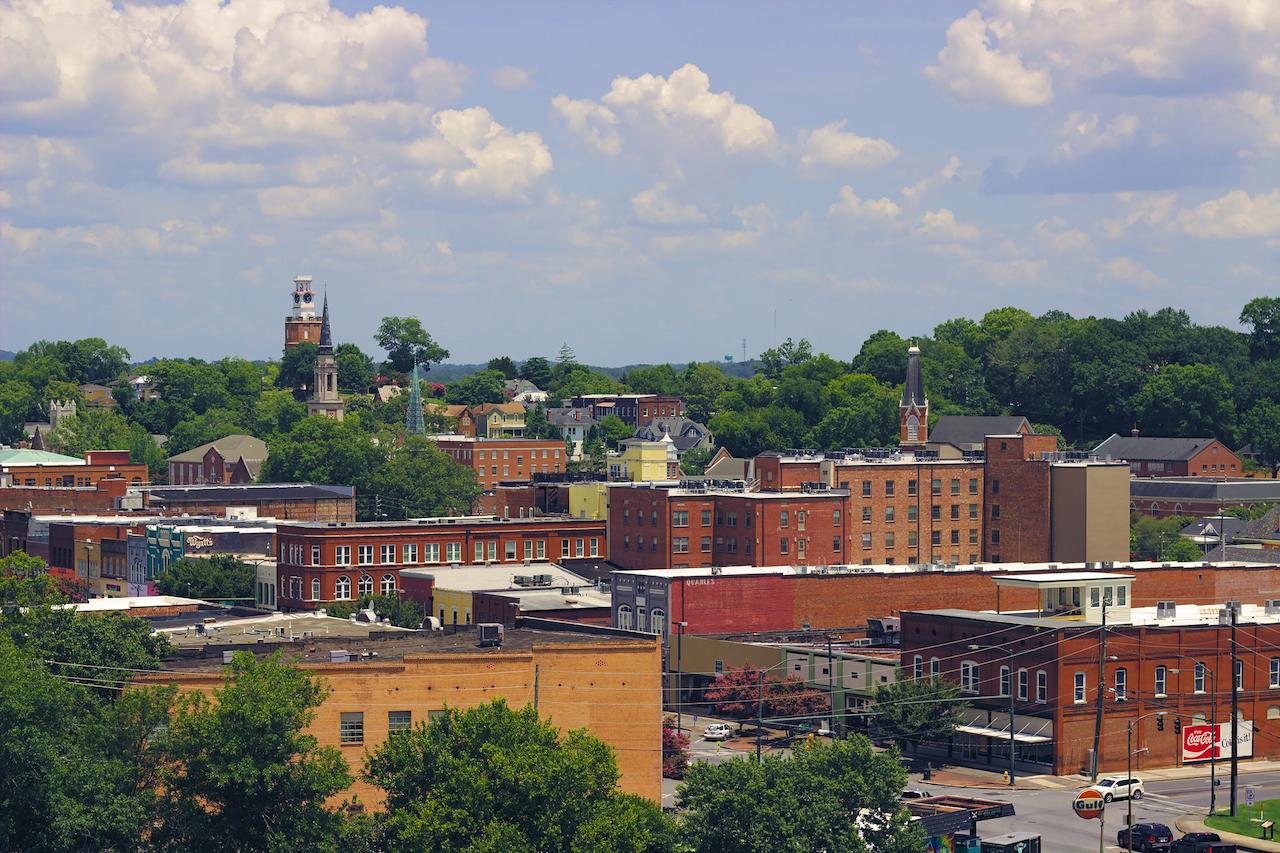Engaging in the art of storytelling, delving into the realms of geography, or simply embarking on a journey to comprehend the vast expanses of land, having an acquaintance with the expanse of acres within a diminutive township can prove to be rather advantageous.
Yet, the contours of what truly defines a small town are remarkably fluid, thus unraveling the precise tally of acres within such a settlement metamorphoses into a mildly intricate endeavor.
Defining the Characteristics of a Town
Dimensions Based on Population
Towns, scattered across the landscapes of various countries, can be broadly distinguished based on their population size. The categorization of towns by their population size typically follows this guideline:
- Large Towns: These urban settlements have a population that typically ranges from 10,000 to 100,000 inhabitants. They often have more developed infrastructure, public facilities, and businesses due to the greater population density;
- Medium Towns: Falling between the small and large categories, medium-sized towns usually house between 5,000 and 10,000 people. They offer a mix of both urban amenities and the serenity of smaller settlements;
- Small Towns: With a quaint charm, small towns consist of 5,000 inhabitants or even fewer. These are the places where most people know each other and community bonds are strong.
However, these population figures are just a general framework. The demarcation of towns based on population varies depending on regional, state, or country-specific definitions.
The Geographic Angle
While population plays a pivotal role in defining the size of a town, the geographical area or land coverage isn’t always taken into account. A town spread over vast acres might still be considered ‘small’ if it has fewer inhabitants. This distinction is essential, especially when evaluating land use, development, and planning.
Regional Variations in Definitions
The nomenclature and population benchmarks for what constitutes a small, medium, or large town can differ substantially across regions. For instance, what one country or state designates as a ‘city’ might be termed as a ‘large town’ in another, based on their set criteria and historical conventions.
Historical Measurement Techniques
In historical contexts, the concept of townships was associated with grid squares, each spanning 1 square mile. While such a measurement system has become obsolete with the changing dynamics and expansion of urban areas, it does offer a perspective. These historical grids can provide insights into land distribution and can serve as a reference when estimating the total land area of a town in terms of acres.
The Dimensions of a Small Town: Measuring in Acres
Understanding Town Sizes
Typically, the size of a town is identified by its population count rather than its geographical footprint in acres. Although population remains a critical factor in this categorization, understanding the land area is equally insightful.
Historical Perspectives on Town Sizes
Historically, township sizes were identified by grid squares, a standard of measurement. Each grid square represents 1 square mile, which is equivalent to 640 acres. Using this as a baseline, it’s deduced that a typical small town would span about 640 acres. Nevertheless, variations exist based on the town’s infrastructure and its primary function.
Factors Influencing Town Sizes
- Commercial Centers: In towns that are commercial hubs with bustling markets or shopping districts, buildings often stand in close proximity. Such a layout might reduce the town’s acreage, bringing it down to approximately 320 acres;
- Agricultural Communities: Conversely, in farming towns, households and farmlands are spaced widely. If the town houses about 10 farms, each spanning a square mile, and a central town area, the total acreage could soar to a staggering 7,040 acres;
- Population Density and Town Size: The number of inhabitants in a town is an indirect metric to gauge its size. Generally, a town with fewer than 5,000 inhabitants is classified as ‘small’. As of 2022 in the U.S., the standard lot size, inclusive of a house and its yard, is approximately 25,240 square feet. With 43,560 square feet making up an acre, this pegs the average lot size at roughly 0.6 acres. By this calculation, the acreage of a small town could range between 0.6 acres (for a town with just one inhabitant) and 3,000 acres (for one with 5,000 inhabitants). A town of 2,000 people, for instance, might sprawl across 1,200 acres.
Temporal and Structural Factors to Consider
- Historical Context: When creating a setting for a story or game, understanding the time frame is vital. Lot sizes have fluctuated throughout history. For example, while the average lot size is 25,240 square feet in 2022, earlier periods witnessed larger plots which shrank as towns expanded;
- Architectural Elements: Additionally, the presence of multi-story buildings like apartments can drastically reduce the geographical footprint. Such structures can house many people without significantly expanding the town’s acreage;
- Urban versus Rural: Urban towns, while they may house larger populations, tend to have a smaller geographical size, primarily due to vertical construction and closely packed buildings. Rural towns, with more horizontal expansions, can span larger areas even if their populations are comparable to urban towns.
Conclusion
The question of how many acres comprise a small town is multifaceted, intertwining historical benchmarks, present-day measurements, population density, and town functionality. While the traditional grid square system provides a foundational estimate, numerous factors like the town’s primary function, architectural diversity, and urban-rural dynamics play a pivotal role in determining its acreage. Thus, defining the size of a small town isn’t merely about attaching a fixed number; it’s a reflection of the town’s history, culture, and evolution. Understanding this complexity provides a richer, more nuanced perspective on the fabric that weaves communities together.
